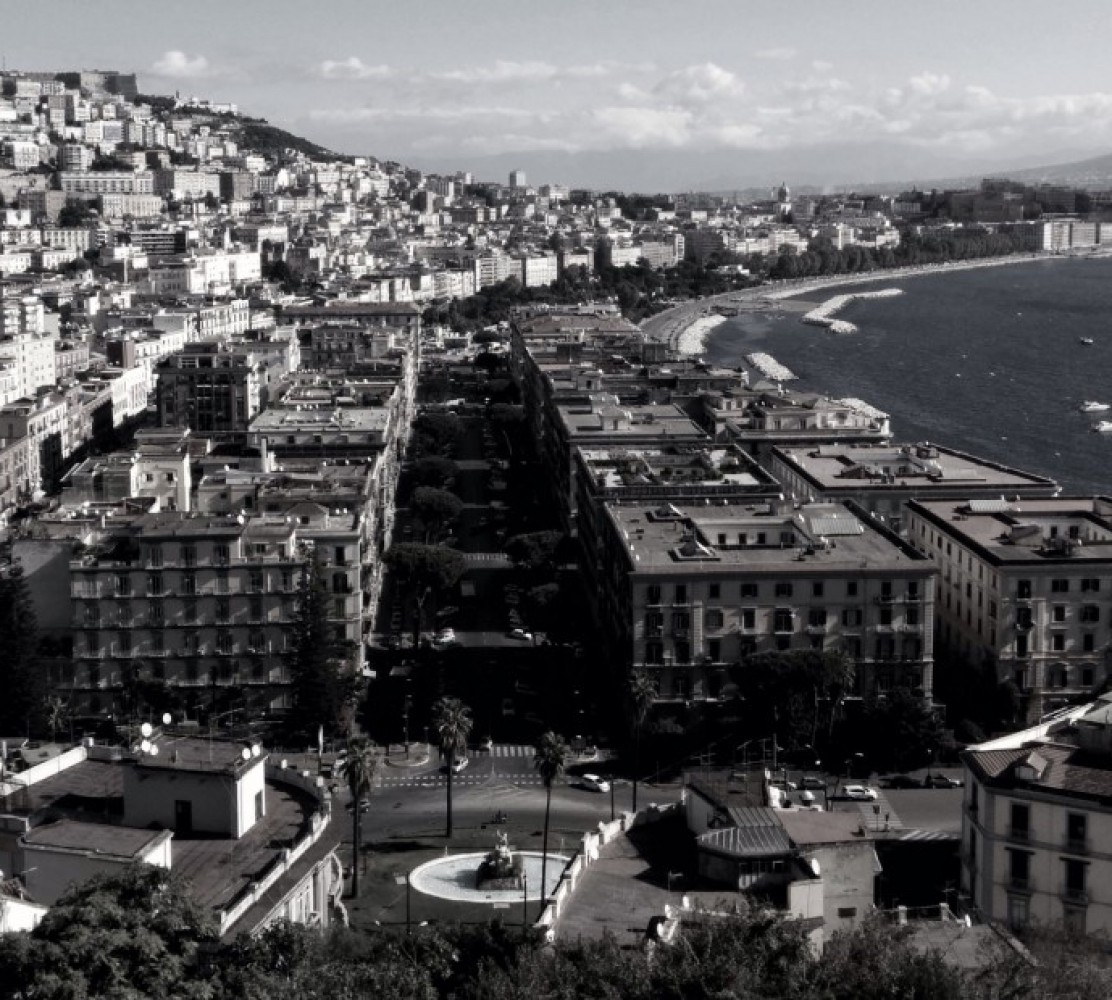
Many words can be used to describe Oscar Wilde’s genius and personality, but wise is not one of them, to be sure. Having spent two years in jail after having been charged for “gross indecency”, the echoes of the scandal were not over yet, so he decided that Paris would have been a better place to try and start over again. In those months in Paris he could work on his famous “Ballad of Reading Jail”, but the signs of hard labour on his body and the awareness of the terrible humiliation his family had suffered were not enough to make him ignore the reasons of his heart. Against his better judgement, if he had any, Wilde yielded to his desire to see again Lord Alfred Douglas, Bosie, the man who had brought him to a tremendous downfall, so the two decided to spent the winter in Naples…










 London-based photographer
London-based photographer 